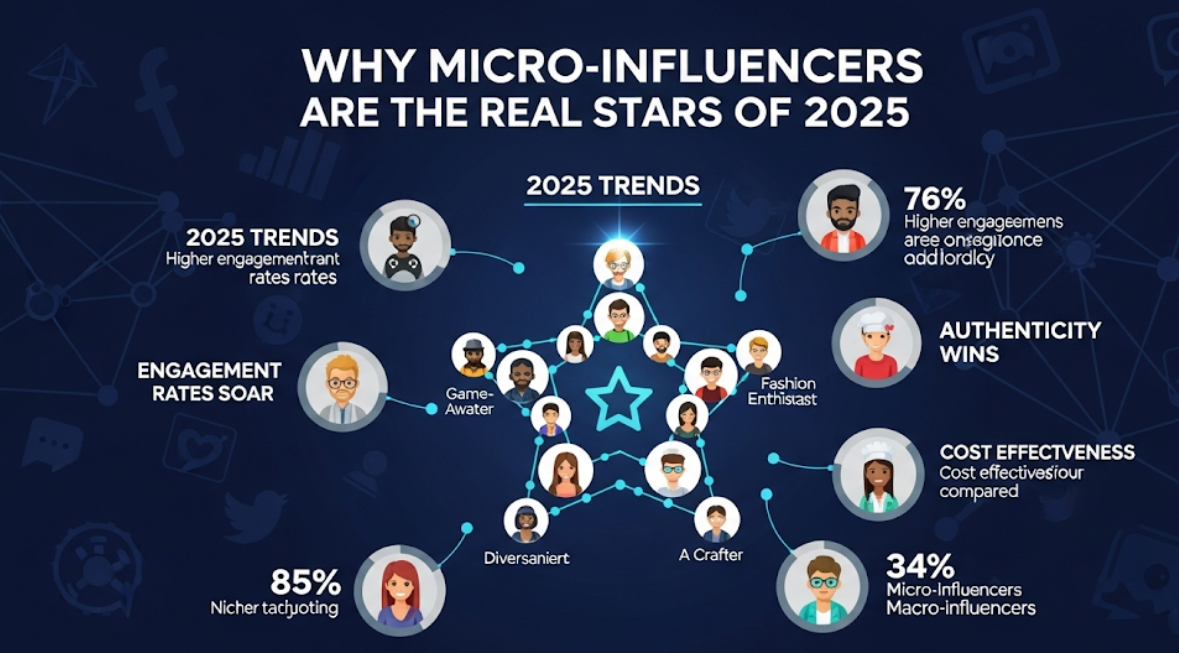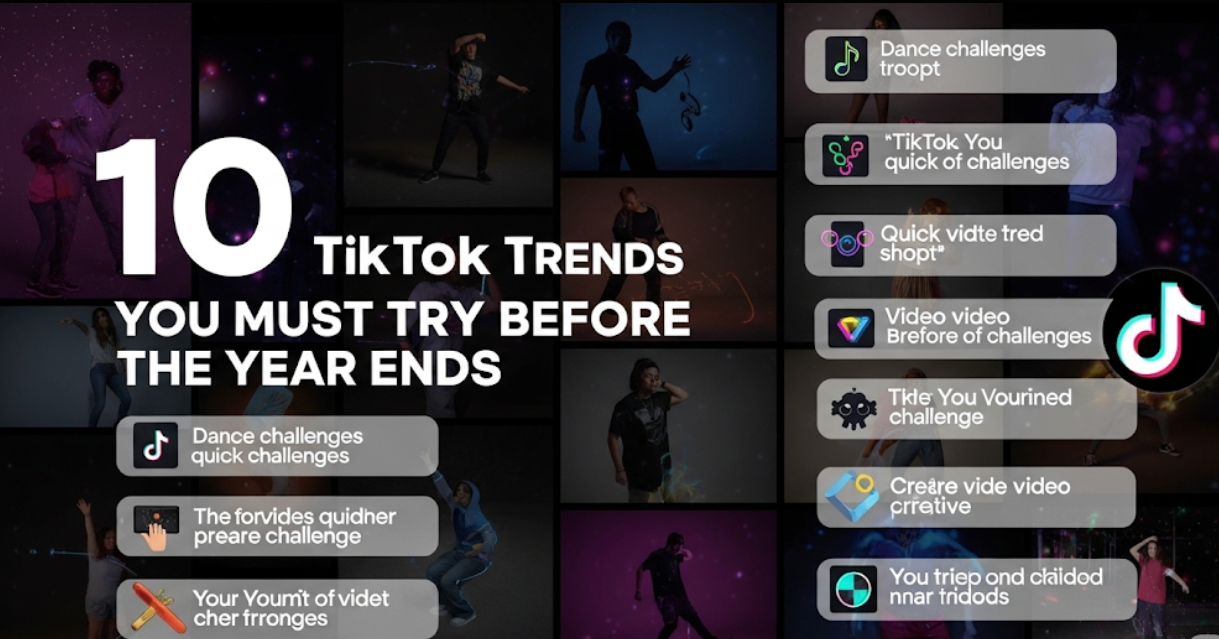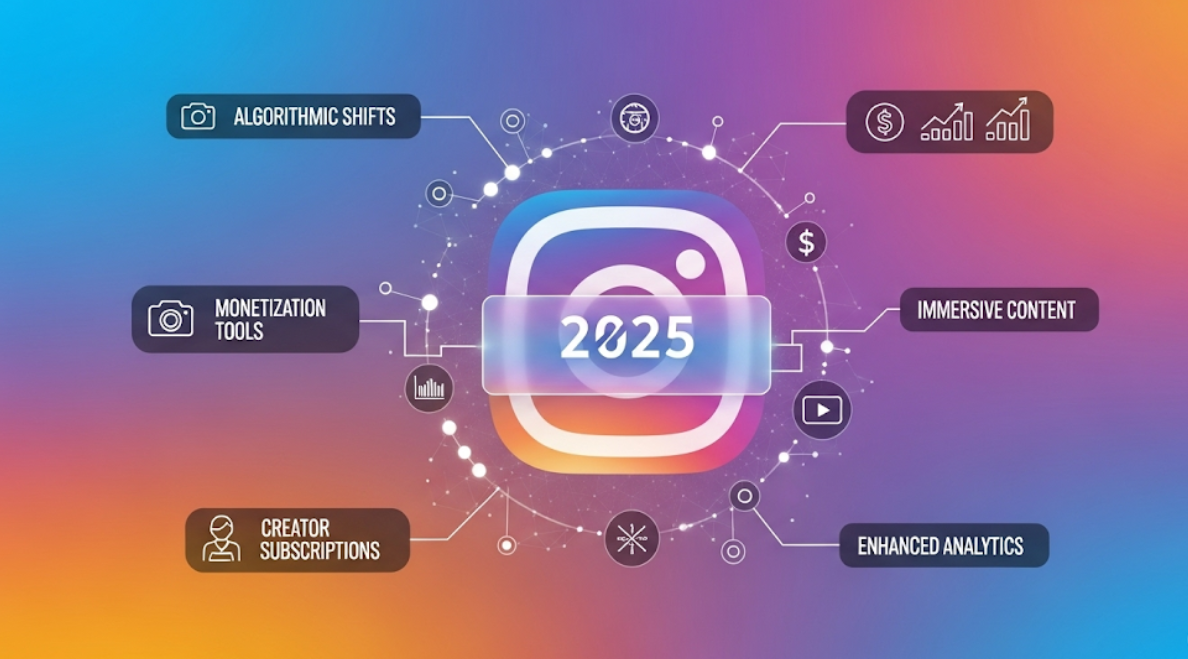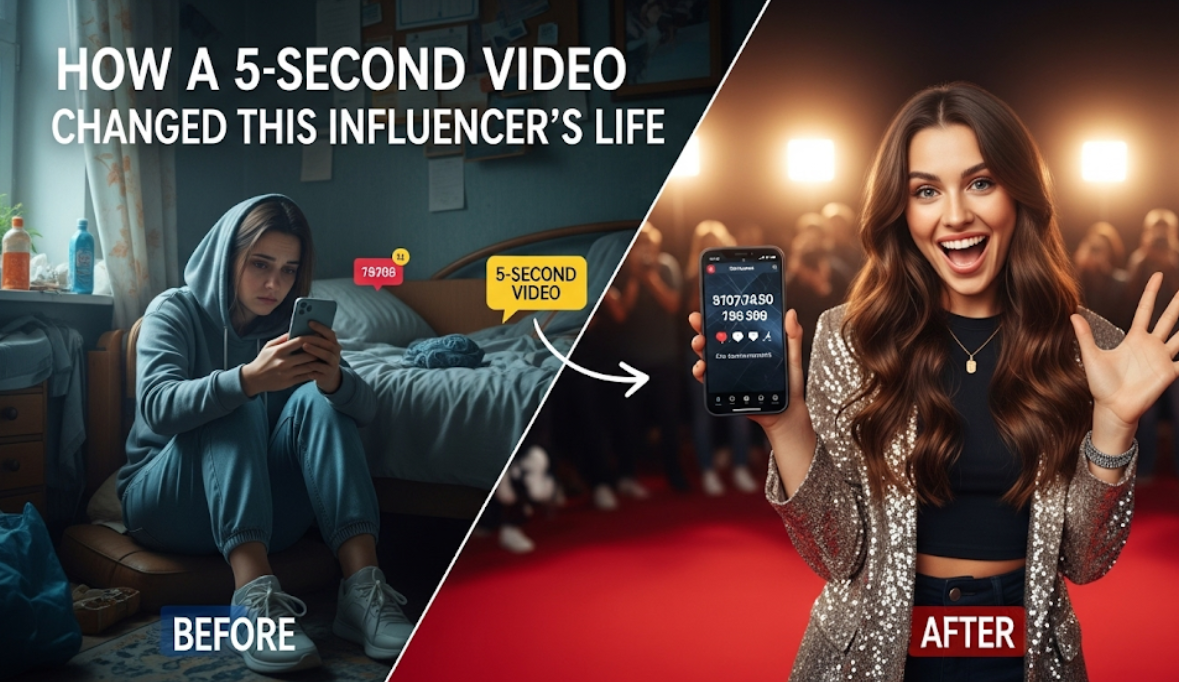The Real (Big) Stars of 2025: Micro-Influencers
Gone are the days that influencer equaled reach in an ecosystem. By 2025, brands, platforms and audiences have all silently re-scored the sheet music: relevance, trust, quantifiable outcomes. Micro-influencers (usually 10K–50K engaged followers) are no longer just a niche play. They’re the engine at the core of modern social commerce, offering brands a steadier stream of authentic content and campaign agility than mega-celeb endorsements ever could. Here I dissect the why behind micro influencers really being the mavens of 2025 leveraging data on industry facts, campaign models & real takeaways that are practical for creators as well as marketers.
Sources: Influencer Marketing Hub, PR Newswire
Influencer Marketing in 2025 — A Snapshot
The entire sector is growing rapidly — the influencers, so prominent in 2025 are holding or slightly increasing on influencer spending — and many brands actually spent more this year than last. The influencer share of ad spend is only going up.
Sources: PR Newswire, Influencer Marketing Hub
Few to no major brands are seeking execution only deals with higher-priced macros for various reasons, so many advertisers have shifted in favor of micro and mid-tier creators these days, as they offer the best relationship of cost/performance.
Source: PR Newswire
Micro and nano creators rule over platform ecosystems like TikTok or Instagram provide higher-than-average engagement per follower as compared to large accounts.
Sources: HypeAuditor.com, Social Cat
So it comes down to those three things that mark a sea change — marketers want quantifiable results, and smaller creators are consistently able to deliver them.
1. TRUST > REACH — And micro-influencers got it
Trust is the cornerstone of social influence. The kind of trust that drives purchase intent is found across consumer surveys in a significant majority who say buying from an influencer they trust over a normal ad but furthermore, it concentrates on smaller creators. A substantial proportion of consumers reported increased purchase intent after viewing a recommendation from an influential source that they trusted, in studies conducted during the 2024–25 academic year. However, micro-influencers seem like a friend or neighbor which increases their credibility.
Source: DashAmra and Elma LLC
Why this is important: trust reduces the distance between your customer and their goal. A single post or video from one creator will do far more to move a person from awareness to checkout than even the biggest macro campaign of display ads.
2. Engagement and Authenticity – quality not quantity
No matter what, the money is where the engagement rates are. Despite their size, micro and nano creators often see higher likes, comments, and more meaningful interactions than larger accounts. For some platforms, like TikTok or Instagram Reels, a small but highly engaged audience will often yield more conversion lift than a million passive lurkers. Micro tiers continue delivering stronger engagement-to-cost ratios (latest data).
Sources: HypeAuditor.com, Social Cat
Bottom line: Brands can pool micro-influencers into groups and actually crank out more diverse UGC (user-generated content) and have ad-like creative that’s cheaper to produce + more native in-app feed.
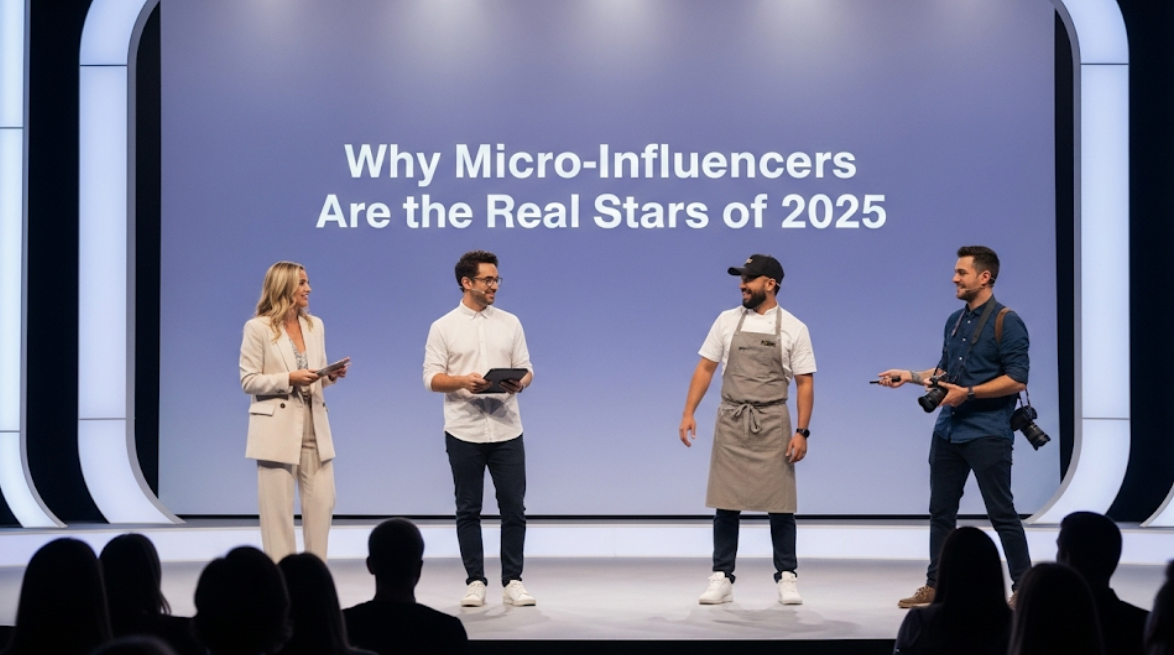
3. Better ROI & Campaign Scalability
Do the math and a truth pretty revealing for marketers emerges: 12 micro-influencers targeting their own niche beats expensive celeb endorsement on an ROI per dollar spent. That being said, agencies and platforms now provide micro-first strategies where they sew many creators into scalable campaign structures that are made to be measurable as well as iterative. In 2025 predictions are that we will see a preference for micro partnerships — calling it the ‘safe route’ because you get your engagement and save on costs.
Sources: Stack Influence, PR Newswire
How brands use this: Run micro campaigns at the same time across regions and test small creators with different creative hooks to scale winners into paid ads (a more data-driven way of growing a global following quickly across many niches) which reduces the risk & waste.
4. Niche relevance and audience targeting
Although micro-influencers do not have the broadest audience, they are mavens when it comes to niche audiences— small groups of dedicated hobbyists, regional customer segments or narrowly defined lifestyles. When you factor that in, brands suddenly become incredibly laser precise instead of spraying a generic message broadcast to millions but actually talking to the 10–50K who really give a damn. A micro creator is extremely attractive because that small following has high intentionality — whether it’s anything from specialty coffee gear, indie skincare, to vegan running shoes.
Source: Influencity
It helps with product launches or high-intent categories: micro creators reduce the cost per true lead and increase the lifetime value of acquired customers.
5. UGC, shoppable and Social commerce Integration
This year, platforms are heavily investing in social commerce — the “double down”, with in-feed shops, affiliate link tools and native checkout — to make it easier for micro-influencers to monetize authentically and for brands to track conversions on a massive scale. As creators with smaller audiences begin to really take advantage of affiliate networks and shoppable apps, they can also start converting posts to actual sales. That is one of the reasons brands are investing in micro creators — that convergence of commerce + content.
Sources: The Guardian, ClearVoice
Outcome: cleaner attribution, and a clearer business case for additional micro-influencer collaborations.
6. The AI and data layer: supercharging micro forces
AI is not replacing creators… it’s amping them up. A boon for brands to use AI to scout high fit micro creators, performance prediction and briefing optimization. It matches creator tone to forecasting which post formats will convert. AI has automated what used to be a manual outreach process. By 2025, nearly every brand leverages AI for simplified micro campaign discovery, contract negotiation and performance tracking.
Source: PR Newswire
Micro creator programs are performance channels: Test, Measure, Scale.
7. The backlash is bad for micro-creators but there’s hope
Lesser-known creators are sometimes seen as less “corporate” and provide brands a little extra cushion when the backlash inevitably comes for the big guns, so to speak. However, these come with their own set of problems: disclosure fatigue, influencer fraud, and affiliate fatigue to name a few. Brands being responsible and instead for writing clearer contracts, demanding transparency, and making committed long-term investments in the creators that they work with — not one-off shoutouts. More recently journalism articles are raising questions around everyday creators using affiliate links: oversaturated market leads to authenticity vs constant promotion.
Sources: The Guardian, San Francisco Chronicle
8. 2025 and The Great Dispersion: Playbook for Micro Influencers
• Specialize and Dominate — Better to be Deep than Wide.
• Generate reusable and high-quality User-Generated Content that can be used by brands in their ads.
• Understand affiliate platform and analytics functionality as it relates to providing value.
• Prioritize community engagement — comment on posts, go LIVE for Q&A’s & earn that repeat new buyer.
• Maintain transparency: Clearly reveal any sponsorships and ensure that sponsored content does not outweigh authentic posts.
• Brands like creators who approach influencer work as a professional creative, but still a small business.
9. How brands drive: tactical moves to favor micro-creators
• Shift budget from single mega deals to creator squads for A/B tests.
• Use performance KPIs (link clicks, conversions) in addition to awareness metrics.
• Fair payment — paid not sponsored — + commission + flat fee deals to bring compensation and incentives together.
• Establish long-term relationships: Retainer models and product drops that are co-created can beat random one-offs.
• Educate your creators: Allow briefs but also give them a level of creative freedom and high-converting, native content will follow.
Source: PR Newswire
10. Conclusion: Why micro will win in 2025
Micro-influencers become the true stars of 2025, bringing authenticity with real measurable impact via native content at scale. Since platforms are optimized for engagement and social commerce rewards the tightest attribution loops, the business case for micro creators has literally gone from “nice to have,” to mainstay marketing plan. Brands that treat micro creators like partners instead of like billboards end up with better content, stronger connections and a clearer understanding of their ROI. The data is clear and consistent: If you invest in small, focused voices to magnify your brand message versus one megastar, it will resonate more powerfully on a local level.
Sources: Stack Influence, Influencer Marketing Hub, HypeAuditor.com
Marketing activity and creator Checklist for quick action
• Run a 10-creator micro squad for new product launch. Measure CAC and CLTV.
• Exchange one macro influencer post a month for five micro — track engagement and conversion.
• Train creators to diversify with UGC variants to the brief so that we can in-turn repurpose top content.
• Make your sales process transparent to build trust, track affiliate link performance and pay commissions within 30 days.
Micro-influencers aren’t a fad; they’re simply the logical solution to an ever-more fragmented and commercially oriented social scene. By 2025, the savviest brands and creators aren’t trying to maximize their follower counts. They’re building communities that convert.


